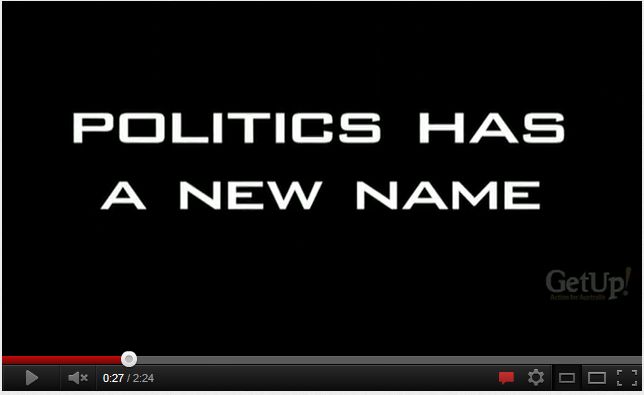
We’ve already featured the great electionWIRE project being run by Vibewire and YouTube. Now adding to this, Google have launched their 2010 election coverage, which builds upon their interactive tools last used in the 2007 campaign.
You can explore your federal electorate on a map, see who holds power, and by how much. Once the data is finalised by the AEC, you’ll be able to find your closest polling booth so you’re ready when election day arrives.
Google trends enables you to find out which party are topping the Google search results at the moment. If you’re more interested in who’s at the helm, find out which of the leaders are more popular – Julia, Tony or Bob?
Or, skip the popularity contest altogether and find out what Australians care about in terms of policy and issues.
They’re also running the Under 18 election through schools around Australia, to find out how the next generation would have voted in the federal election.
The first few election scorecards are starting to appear, with the Australian Conservation Foundation and the Australian Koala Foundation already releasing their reports. But some are utilising the interactive nature of online environments to make their ratings cards much more interesting and engaging – check out the Climate Institute’s Pollute-O-Meter to find where the parties stand on climate change policies. (Stay tuned for the Make Poverty History election scorecard due to be released soon.)
Combined with the one-to-one interaction provided by Twitter, this election is shaping up to be a truly digital one. Services like TweetMP or My Politician allow you to find those current members that are tweeting away like mad on the campaign trail. The major parties have all invested in new websites designed to make it as easy as possible to contact and keep up to date with their candidates – check out the ALP, Liberal and Greens sites to find your candidates.
For the first time in an Australia election, you can follow and interact directly with the leaders of the major parties – Julie Gillard, Tony Abbott and Bob Brown. As the West Australian have recently featured, it seems Bob is using Twitter to his best advantage after being shut out of the leaders’ debate, but is losing in terms of sheer numbers to both Julia (30,843) and Tony (14,632), with 10,250 following the Green leader. But the real test will be in how these leaders use the technology to its true potential – numbers alone will not win votes here.
For the stats and figures wonks amongst us, check out Antony Green’s ABC Election site, Ben Raue’s Tally Room or Crikey’s Pollytics. Finally, bookmark the AEC’s official Virtual Tally Room (which for some reason is still displaying info from the 2007 election) for live results as they come in.
All in all, we’re seeing a dramatic shift from the traditional broadcast model so often applied to national election campaigns. Politicians (both potential and incumbent) are recognising the need to bring down the barriers and talk to their constituents in dynamic, instant and interactive ways. It might well be the start of a whole new form of representative democracy.
We’re interested to hear your tips and ideas for following the digital election – what interesting sites and tools have you seen that allow for better understanding of the parties, candidates, leaders or issues?